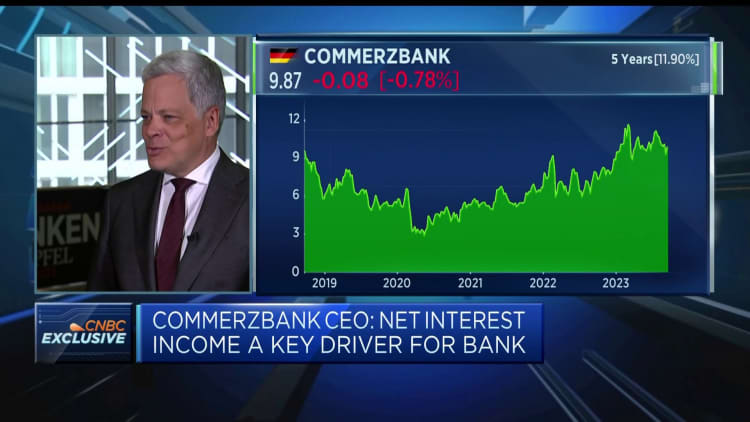Employee disengagement is costing the global economy a whopping $8.8 trillion dollars, according to a recent Gallup report.
The reason only 23% of workers consider themselves to be thriving at work is that people are simply not in the right jobs, according to organizational psychologist Andre Martin.
“When you’re in a wrong fit, your energy has to go to other things, like modulating negative behavior or emotions,” the author of “Wrong Fit, Right Fit” told CNBC Make It.
“You have to figure out ways to be successful inside of a system. It’s not that you don’t have the energy [to be engaged at work], it’s just pointing to other things, which is sad.”
Ensuring a job is a great fit starts the interview process — and Martin found that employees often spotted red flags even before they started the job.

“In every case, when somebody told me about their wrong-fit experience … they said, ‘I knew in the interview, and I just didn’t pay attention to it’,” he added.
“What happens is we’re motivated to want this job … We tend to only pay attention to information that will confirm our choice of joining the company, confirmation bias plays in.”
Likening job hunting to dating, Martin said it’s hard to know if you and your potential employer would make a great pair on the first date — but there are questions you can ask to glean more than just positive first impressions.
“Interview processes aren’t set up for us to really get to know each other on a deep level,” he added.
“You have to be an expert question asker, your best investigative journalist skills should come out during a job interview.”
According to Martin, job satisfaction comes when your expectations for the following three areas are aligned with what a new job can offer.
1. Ways of working
For a job to be a good fit, the first thing that needs to be in alignment are expectations of how work gets done daily. That means asking yourself the fundamental question: “How do I like to work?”
Imagine when someone really gifted at creating beautiful decks on PowerPoint has to use memos in Amazon — it’s going to feel like “you’re writing with your non-dominant hand,” Martin explained.
He added, “This isn’t about values or big, aspirational statements. It’s about how the company strategizes and collaborates. How do they manage conflict? How do they develop people and socialize ideas? What’s their relationship with time?”
Asking overt questions about how work gets down and who succeeds can be a really nice way to gauge where you are.
Andre Martin
Organizational psychologist
“If you can answer those questions, you’re going to know a lot more about what it’s going to feel like to work there on a random Tuesday in October, as opposed to what the company is trying to be.”
One key thing to find out during the interview is the profile of a person who succeeds in that workplace. For example, what qualities they have, what skills they showcase and how much time they spend at work.
“Asking overt questions about how work gets done and who succeeds can be a really nice way to gauge where you are,” Martin added.
2. Profile your ideal leader
Another Gallup survey from 2020 found that 70% of employee engagement in a company is influenced by managers. “This is why you need to ensure you are working for your ideal leader or manager,” Martin said.
In his book, Martin encouraged job seekers to construct an “ideal leader profile” that outlines
- Values
- Leadership style
- Teaming approach
- Approach to recognition and development
- Personality and personal attributes
One question you could ask your potential manager in an interview would be: What is the most recent piece of positive feedback that you received from your team about your managerial style?
You can also ask other interviewers about your hiring manager — specifically, “What is the reputation of the team I would be joining? What makes him or her great?”
“Lastly, my advice would be to spend as much time as possible with this person both during the interview and before your start date,” added Martin.
“I made it a practice to have a couple of conversations with my manager before my start date so I could get more of a feel about who they are, what they value, and how they lead.”
3. Don’t sweat the whole job description
Job descriptions on listings are typically a laundry list of all the things you could possibly do in the job.
But according to Martin, a realistic job preview should be about the two to three top deliverables for the next six months.
“And then you can ask yourself, are those near-term deliverables aligned to my superpowers or strengths?”
He added, “Because if they are, you have an easy road to first win. But if they’re not, then right off the bat, you’re struggling to show that you’re competent and that’s just a hard thing to recover from.”

Credit: Source link














